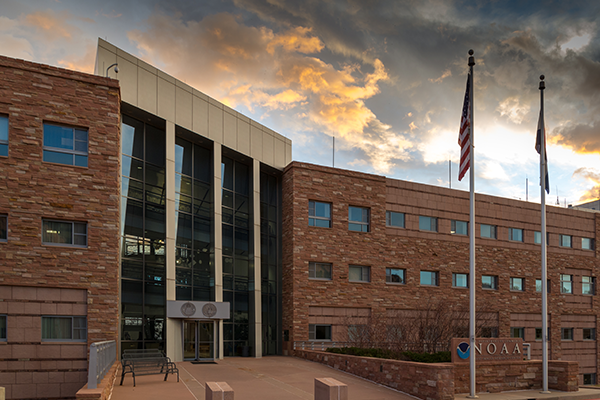
Application of a CubeSat-Based Passive Microwave Constellation to Operational Meteorology
Albin J. Gasiewski
University of Colorado at Boulder
Wednesday, Dec 20, 2017, 2:00 pm
DSRC Room 2A305
Abstract
In their most recent decadal assessment (Earth Application from Space, 2007) of Earth science space missions the U.S. National Research Council identified the Precipitation and All-weather Temperature and Humidity (PATH) mission as one of ten recommended medium cost missions. Based on the NRC’s outlined goals, PATH would have the unique capability of providing all-weather temperature and moisture soundings and cloud and raincell imagery at spatial scales comparable to AMSU-A/B or ATMS, but at sub-hourly temporal resolution. The essential need is to provide the atmospheric penetrability and spatial resolution of operational microwave sensors but with temporal resolution commensurate with the natural rate of evolution of convectively driven weather. This seminar will focus on the merits of a constellation of passive microwave sounding and imaging CubeSats for achieving PATH goals from the multiple viewpoints of calibration accuracy, data assimilation and global sampling, downlink capability and latency, and orbital lifetime and launch availability. Microwave spectral imagery at 50, 118, and 183 GHz with spatial resolution of ~10-30 km and temporal resolution of ~15-60 minutes from such a fleet could be expected to significantly enhance forecasting of mesoscale convective weather and hurricane rain band evolution, along with provide valuable temporal gap-filling data for synoptic weather forecasting. It is argued that from a joint technology, science, and operational standpoint that a cost-effective realization of the PATH goals, but with the additional features of global coverage and improved NWP sensitivity, can be achieved by a low-cost random-orbit constellation of CubeSats supporting the ATMS and 118 GHz bands. The CU PolarCube mission will be discussed as a basis for this fleet concept.
You must provide an accepted form of identification at the Visitor Center to obtain a vistor badge. Security personnel also inspect vehicles prior to entrance of the site. Please allow extra time for these procedures.
After receiving a badge, you must arrive at the DSRC Lobby at least 5 minutes before the seminar starts to meet your security escort. If you arrive after that time, you will not be allowed entry.
Foreign Nationals: Please email the seminar contact at least 48 hours prior to the seminar to provide additional information required for security purposes.
Seminar Contact: Shannon.Kelly@noaa.gov